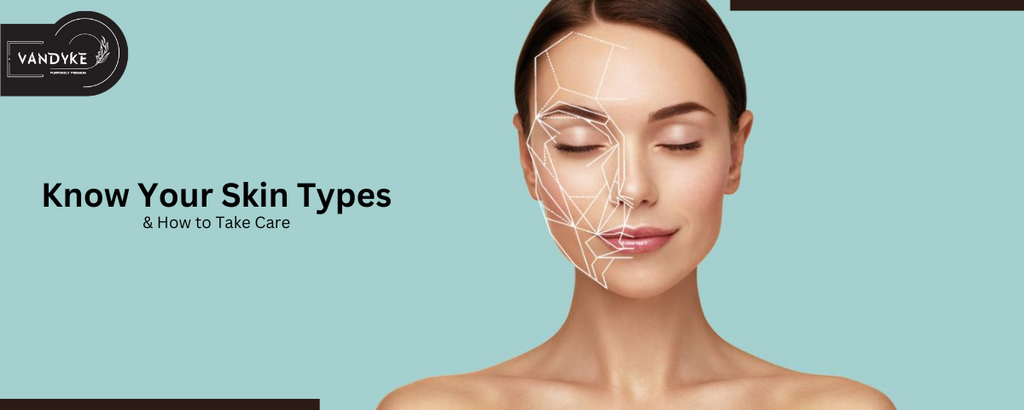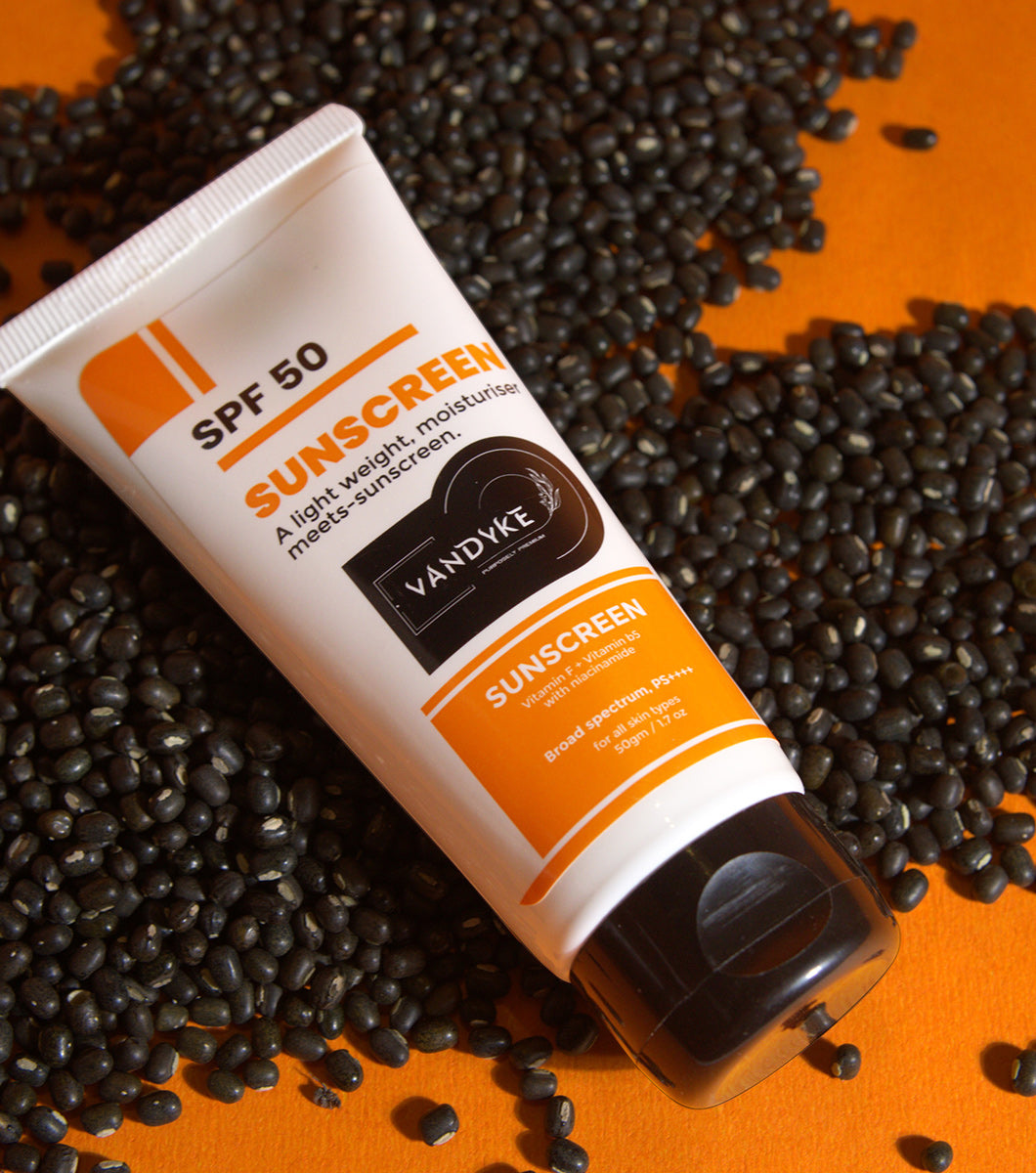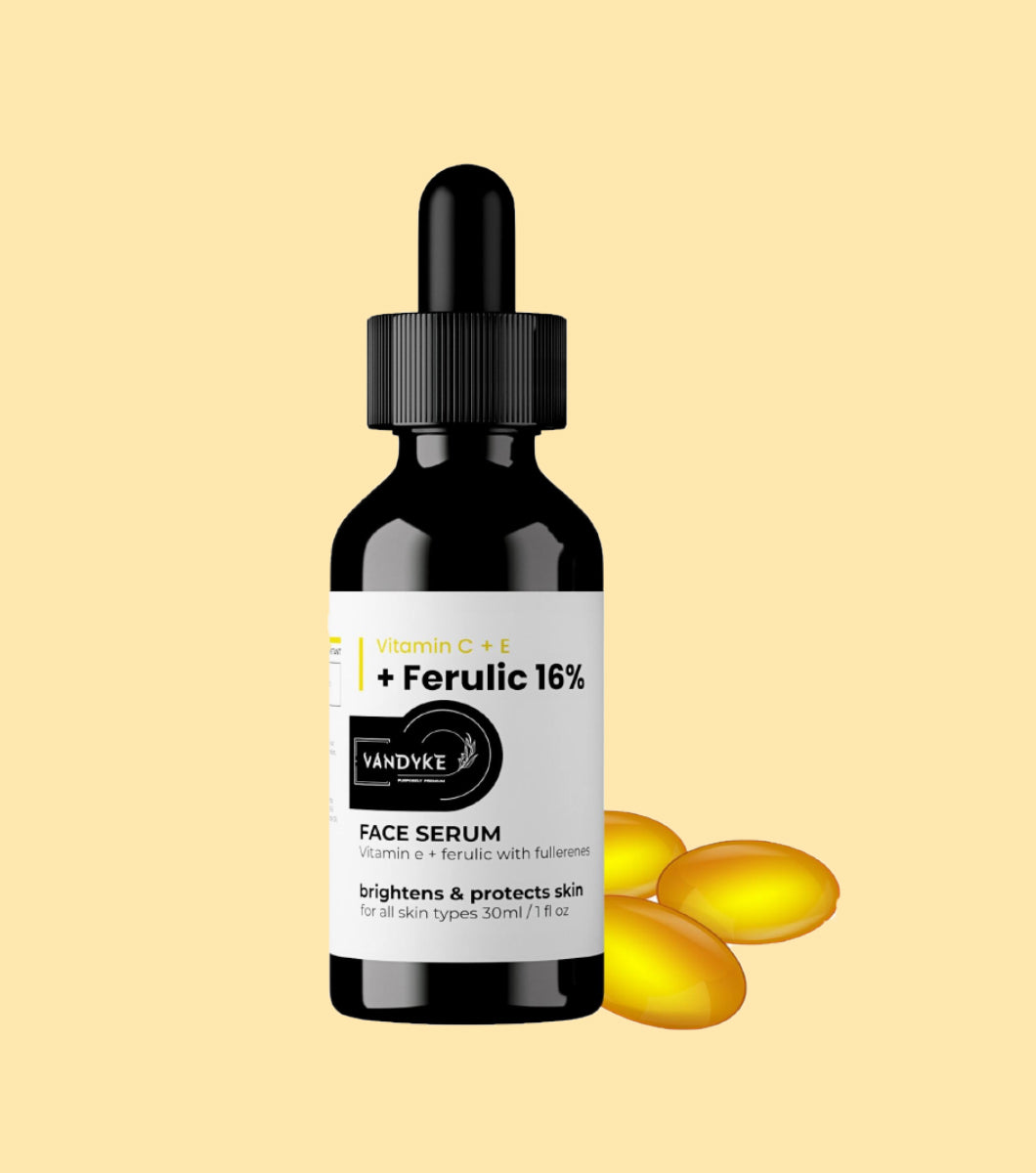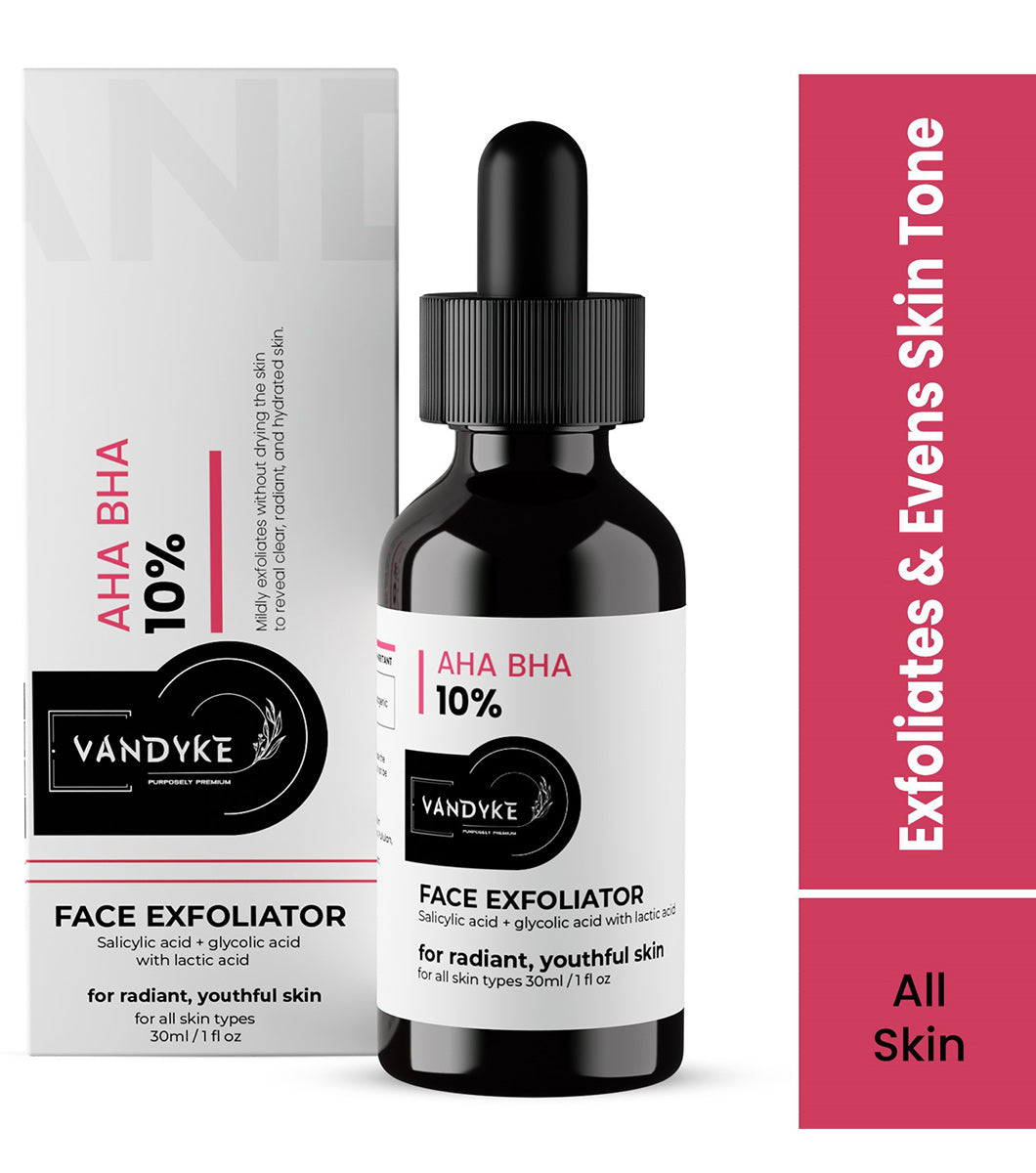
Know Your Skin Types and How to Take Care of Them

Know Your Skin Types and How to Take Care of Them
You should not be afraid of skincare because it is both an art and a science. Knowing your skin type is a skill that anyone can acquire. Normal, oily, dry/dehydrated, combination, acne-prone, sensitive, and mature are the seven skin types. However, the most prevalent skin type is normal!
Understanding the requirements of one’s skin enables one to choose the best products and address potential issues without causing harm. Thus, this is how to identify and treat your skin type.
Regular skin
Generally speaking, neither new products nor weather changes are bad for your skin. As such, you don’t need to keep moisturizing or wiping off oil from your face. Compared to all other skin types, normal skin can tolerate the majority of substances. Try out different cleansers, moisturizers, and masks until you find the one that works for you.
Characterstics
No issues with acne
No wrinkles, fine lines, or defects
Not overly greasy or too dry
Not at all sensitive
Hardly any pores are visible
An attractive complexion
Skincare
Use a quality face wash every day to keep your face and body free of debris and dead cells.
Before going to bed, use Vandyke 03% Sepicalm Moisturizer For Skin Soothing, Lightweight Moisturization
Maintain your fluid intake.
Use homemade face masks consisting of yoghurt, honey, and turmeric.
Oily skin
Your skin is always glowing if you have oily skin. Your best friends will be blotting sheets and mattifying powders. You have trouble with facial oil secretion in the morning, and makeup application becomes tiresome. How to Find out Your Skin is oily type or not
Characterstics
bigger pores
Skin that is glossy or smooth and has a thick complexion
Blackheads, acne, pimples, and other skin flaws are present
excessive production of sebum
Skin care
Don’t wear clammy undergarments.
Use a light cleanser to wash your face.
Never scrub your skin.
Instead of picking pimples, pop or squeeze them.
When purchasing skin care and skin care products likeVandyke 1% Salicylic Acid Gel with Salicylic Acid & Witch Hazel for Active Acne Face Wash
Dehydrated or Dry Skin
Although dehydration and dryness are two different conditions, they share several symptoms.
Dryness: The skin loses moisture when there is a lack of oil. Among the symptoms are flakiness, sensitivity, itching, and cracking. The most common causes of dry skin are environmental factors, lifestyle choices, and chronic illnesses.
Dehydrated: Dehydration is the result of inadequate moisture retention in the skin. When you squeeze your skin together, it becomes taut, papery, or wrinkled in tiny places.
Characterstics
Almost invisible pores
Unattractive skin tone
Skin elasticity fall
Clearly defined lines
Inflammation, flakiness, itching, or cracking
Skin care
Taking no more than one shower or bath each day
Apply light, delicate cleansers or soaps.
Don’t use deodorant.
Do not scrub.
After taking a bath, use Vandyke 5% Marula Oil Face Moisturizer with Hyaluronic Acid & Vitamin F & E for Dry Skin
Use a humidifier to maintain a cool interior temperature.
Wear gloves at all times when handling solvents, cleaning supplies, or household detergents to protect your hands.
The combination Skin
Having trouble figuring out your skin type? If you have both oily and dry patches on your skin at the same time, you probably have combination skin.
Characterstics
Certain areas (the nose, forehead, and chin) are oily, while other areas are dry or normal.
greater pores
closed pore
radiant skin
Skin care
Steer clear of alcohol-containing skin care.
Apply spot remedies
Separate problematic areas
Use balancing creams or toners to even out your skin tone.
Acne-Prone Skin
It is a common skin type in children and is brought on by clogged pores and excessive sebum production. Pimples are frequently accompanied by swollen, painful acne on skin that is prone to acne. Never poke them or touch them with unclean hands.
Characterstics
Frequent breakouts of acne
Increased visibility of pustules, blackheads, and whiteheads
blocked pore
greasy or dry areas
Skin care
To lessen breakouts, use cleansers, exfoliants, and moisturizers designed specifically for acne.
Gently wash your skin.
Use topical gel to reduce scarring from acne.
Locate and apply ingredients that combat acne, such as retinol, salicylic acid, and benzoyl peroxide.
Sensitive Skin:
Sensitive skin may be brought on by environmental factors, allergies, or heredity.
Characterstics
Skin that flushes easily
regular bumps and rashes
A skincare product is causing a burning and stinging sensation.
Sensitivity caused by fragrances
The look of dry, flaky, or inflammatory skin patches
Redness
It causes pain
Skin care
Use greater caution when selecting makeup to prevent skin irritations such as rashes and breakouts of acne.
Steer clear of alcohol and antimicrobial agents.
Keep an eye out for goods that are low in chemicals and possess calming, restorative, or anti-inflammatory properties like Vandyke 10% Vitamin B5
Consume a diet rich in fresh fruits and vegetables.
Mature Skin:
As you get older, you might notice a few wrinkles and a dryder-looking complexion than when you were younger. Then it is mature skin.
Characterstics
more mature skin tone
Manifestations of dryness
skin sagging
Patches of darkness
Skin care
Get enough rest.
Select a potent skincare product.
Decrease tension by practicing meditation every day.
Maintain clean, well-hydrated skin by Vandyke Sepicalm 3%
Skin types differ based on a person’s genetics, lifestyle, food, and sleep habits. Understanding your skin type enables you to maintain yourself and choose the ideal skin care routine. So don’t worry and get started on skin care right away with vandyke





































